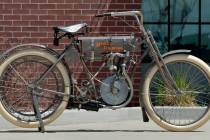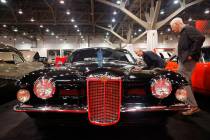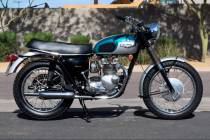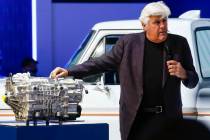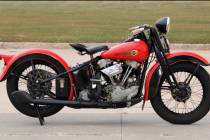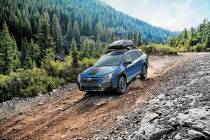Yukon Denali: Flying under the radar with GMC’s own rock star
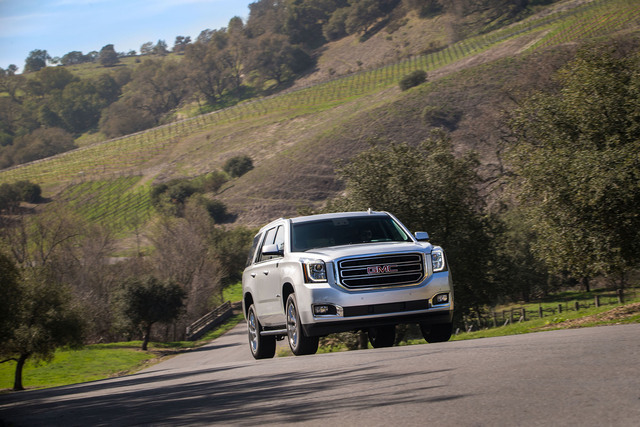
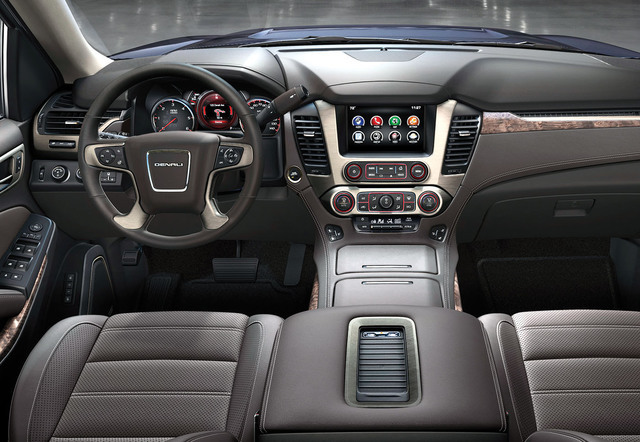
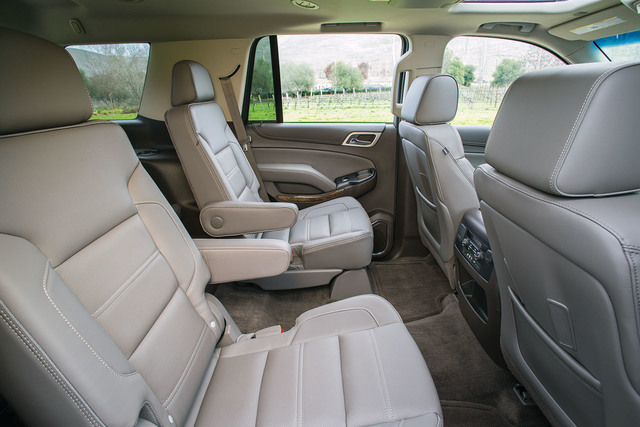
At 20,310 feet of elevation, Alaska’s Mount Denali is the tallest peak in North America. In automotive terms, the GMC Yukon Denali is equally formidable and makes you wonder if you and up to seven other passengers couldn’t actually power this luxo-rig to the mountain’s summit.
The Denali doesn’t quite make it to the top of General Motors’ full-size sport utility wagon hierarchy, though. That crown belongs to the equally large Cadillac Escalade, which costs a bit more due to an extensive list of standard features and, of course, the Cadillac badge.
With a more rugged truck-like appearance, the up-level Yukon Denali seems perhaps a bit less of a dilettante than the Caddy, even though both are equally capable. Ultimately, it boils down to a choice of image.
Creating the Denali or the longer (by 20 inches) Denali XL begins with your not-so-basic Yukon, which is a near clone of the Chevrolet Tahoe/Suburban duo. From that point, the Yukon grille is swapped out for a more elegantly styled mesh version that’s similar to what’s used in other Denali-trimmed models such as the full-size Sierra pickup and Acadia and Terrain wagons.
Climb aboard — a process made easier by the optional power-operated running boards that roll out from beneath the rocker panels to greet you when you open the doors — and you enter a world of serious opulence. All three rows of seats are covered in perforated premium leather, heated and cooled in front and heated for the second-row bench or buckets.
The dashboard is fitted with an 8-inch touch-screen display and is awash in genuine wood and aluminum trim. Also impressive is a giant-size floor console that looks about as large as the trunks in some compact cars. Lastly, Denali drivers get power-adjustable pedals and a heated steering wheel.
To covert the Denali from passenger to cargo hauler, both power-folding second- and standard third-row seats can create a cavernous area. Opt for the Denali XL if you absolutely must have more room.
The one major advantage to selecting the Denali over your run-of-the-mill Yukon model can be found under the hood. The standard powerplant is a 6.2-liter V-8 that makes 420 horsepower and 460 pound-feet of torque.
By contrast, the standard Yukon makes do with a 5.3-liter V-8 rated at 355 horsepower and 383 pound-feet. Mind you, with 5,500 pounds of curb weight to deal with, the Denali needs all the muscle it can get, especially when carrying payloads weighing up to 1,600 pounds or towing up to 8,400 pounds.
The 6.2 benefits from the companion eight-speed automatic transmission that delivers buttery smooth shifts. The 5.3 makes do with six cogs.
The eight-speed, plus the program that shuts down half of the cylinders under light-load conditions, helps the Denali achieve miles-per-gallon ratings of 15 in the city and 22 on the highway. That’s only marginally better than the Yukon’s 5.3-liter V-8.
Readily apparent is the Denali’s extra-quiet cabin and a ride that’s decidedly on the compliant side. Acoustic glass, triple-sealed doors and a system that cancels out unwanted noises do their job, while magnetic ride control (the dampers constantly adjust according to road conditions) make for a less-jarring experience.
Denali pricing starts at $66,500 for rear-wheel-drive models and $69,500 for four-wheel-drive versions (including destination charges). For that money you get tri-zone climate control, navigation system, 10-speaker Bose-brand audio system, power rear liftgate, 20-inch wheels and a full suite of active safety aids designed to help prevent a crash.
The minimal list of options includes a power sunroof, rear-seat entertainment system and 22-inch wheels.
Ultimately, the Denali’s combination of ruggedness, roominess and top-drawer luxury and safety content is hard to beat, even if you would prefer your big-brute sport ute to wear a Cadillac crest in place of a bright red GMC logo.






